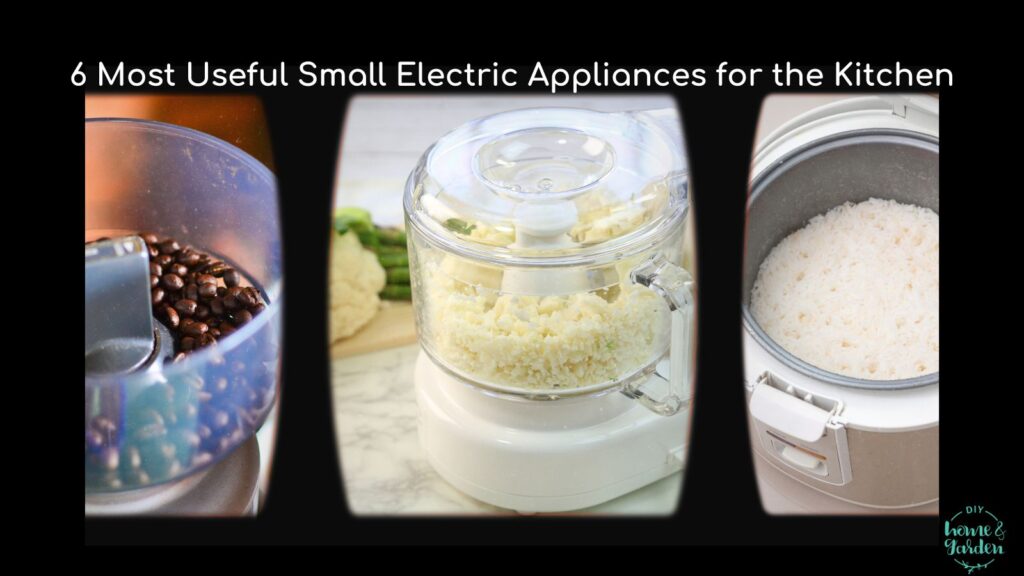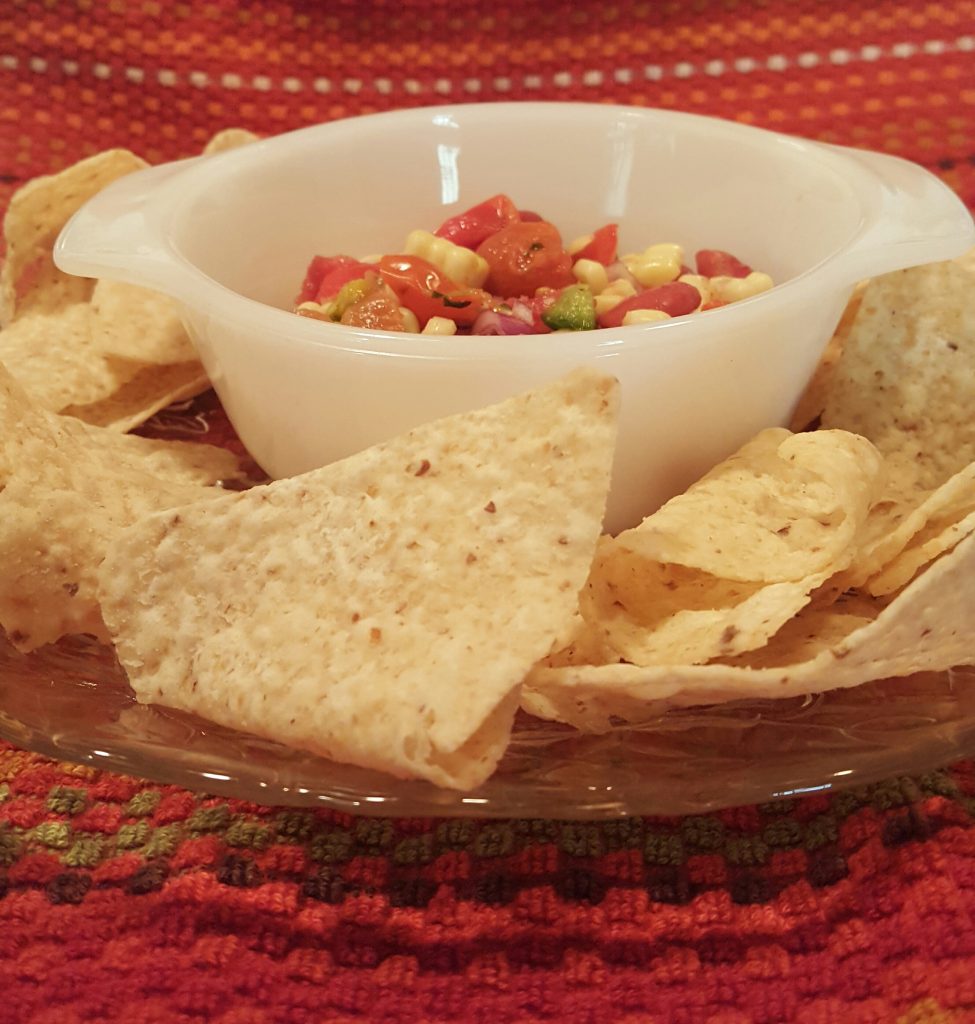A food processor is all you need for simplified kitchen life. It allows you to prepare meals quickly and easily without spending too much time in the kitchen.
A food processor can do everything from chopping to shredding, mixing to pureeing.
With so many different models and brands on the market, how do you choose the best one for your personal kitchen needs?
To help you decide, we’ve put together answers to some of the most commonly asked questions, including a list of things to consider before hitting the purchase button.
Frequently Asked Questions Before Purchasing a Food Processor
According to Google, these are the most-searched-for questions consumers ask before investing.

What is a food processor vs. blender? … And what does a food processor do?
Both kitchen appliances ease food preparation, though with unique roles and features.
While the blender is mainly used to create smooth textures and liquid consistency by blending or pureeing culinary items, this multi-tasking miracle machine does all that. It can also chop, shred, and slice ingredients—think larger pieces.
Feature-wise, a food processor comes equipped with a feeding tube where you can insert more oversized items, such as an entire carrot or celery stalk.
It also has shredding and slicing discs that can be swapped out, depending on the task at hand.
Most people often wonder… Can a food processor chop onions?
The answer is yes! A food processor can do a great job chopping onions—even better than others. (No judgments).
All you have to do is cut the onion in half; place it in the feed chute with the chopping blade attached then pulse the appliance until you achieve the desired consistency.
Can you chop carrots in a food processor?
Like onions, this indispensable kitchen tool can quickly and easily chop carrots.
Just cut them down, so they fit into the machine’s feeding tube.

Is a Nutribullet a food processor?
Functionally, No!
While a Nutribullet can do some food processing tasks, such as blending and pureeing, it doesn’t have the same capabilities as a food processor.
It won’t shred, dice, or slice, as with food processors.
Can I use Nutribullet instead of a food processor?
Not entirely! Though the blades—extractor and milling blades—may look similar in both, there are limitations:
- Capacity—A food processor can handle three or more cups of either dry or wet ingredients; it has a more considerable work bowl. A Nutribullet, on the other hand, is designed for single or double servings.
- Built-in pulse function—A food processor has a built-in Pulse function that allows you to control the texture of your food. For instance, if you want chunkier salsa, you can press the Pulse button fewer times. A Nutribullet doesn’t have this function.
- Hot food danger—You shouldn’t put hot food in a Nutribullet as it can damage the seals, eventually exploding the container. This isn’t an issue with most food processors.
- Ease of use—With a food processor, you can add the ingredients through the feed tube without stopping and removing the lid. You can’t do that with a Nutribullet as you need to remove the lid (and watch out for spills) each time you want to add more ingredients.
- Speed and power—A food processor has a more powerful motor, which can handle more strenuous ingredients and larger quantities. A Nutribullet, on the other hand, is designed for single or double servings of softer ingredients.
So, if you’re looking to do some consequential meal prepping and processing in the kitchen, a food processor is what you need.
Is a magic bullet the same as a food processor?
No, a Magic Bullet is similar to a blender. Moreover, it accomplishes only smaller tasks such as blending smoothies and shakes.
Is it worth getting a food processor? … And if so, how many watts is a good food processor?
This depends on your cooking and baking habits.
If you find yourself constantly in the kitchen whipping up large batches of your favorite cuisine or if you enjoy experimenting with different recipes, then this tool would be a great addition to your kitchen appliances.
As for wattage, look for a model that has at least 300 watts of power. This will ensure that the Processor can handle even the most challenging tasks, such as kneading dough or pureeing soup.
What is the best size for a food processor?
Again, this depends on your needs. If you cook for large groups of people or entertain often, then a full-size unit would be a great choice.
The 14-cup capacity appliance comes with bells and whistles, including shredding, slicing discs, and chopping blade.
However, if you’re tight on countertop space or you only cook for yourself or a small family, then a mini would be a more suitable option.
These usually have 3-cup capacities and come with just the basics, such as a chopping blade.
Some food processors also come with multiple bowls that can be used interchangeably, depending on the task at hand. This is an excellent option if you want to save on storage space.

Talking of the mini size, what can a mini food processor do?
A mini food processor can do the same things (including chopping, slicing, and shredding) as a full-size machine, just on a smaller scale.
Some mini machines even come with attachments that allow you to do things like julienne carrots or make pasta.
Is 7 cup food processor big enough?
A 7-cup model is a good middle-of-the-road option. It’s not too big or too small, so it should be able to handle most tasks without any problems.
Plus, it won’t take up too much countertop space.
How big of a food processor do I need for pie crust?
You’ll need about two cups of flour for a single pie crust, so a four-cup machine would suffice.
If you’re making multiple crusts or want some dough left over, you’ll need a food processor with at least an 8-cup capacity.
How do I choose a food processor?
When choosing which model will be best for your needs, there are a few things to keep in mind:
Size
How much countertop space do you have? And how many people will you be cooking for?
A mini food processor would be sufficient for small tasks like chopping herbs or making a single smoothie.
Power
More watts usually imply more power and the ability to handle more challenging tasks. A model with at least 300 watts of power should be good enough.
For full-sized processors (nine cups or larger), choose motor(s) with at least 600 watts.
Attachments
What kind of attachments does the model under consideration come with? Do they meet your needs?
Do you need the additional advanced speed setting features? Before spending the extra cash on an appliance with all the bells and whistles, consider if you would utilize them.
And for the blades, ensure they’re made of stainless steel for the best quality.
Space
Do you have enough countertop space to accommodate the equipment?
Budget
How much are you willing to spend on your new kitchen tool?
Warranty
Check the motor coverage and the other parts to see if it’s possible to replace them when necessary. Remember, it all comes down to personal preference and what you want and need in terms of performance.
What are the disadvantages of a food processor?
Like every good thing, food processors come with a few cons.
Food processors can be noisy, which can be annoying when you want to make an early morning breakfast or have small children who are easily startled by loud noises.
They can be challenging to clean, especially if they have multiple attachments.
Food processors can also be bulky and take up a lot of countertop space. But despite these disadvantages, food processors are still a helpful tool to have in your kitchen.
Publisher’s Pick
So what’s our go-to food processor?
Not one; she uses two!
First, our publisher uses the Hamilton Beach 10-cup food processor for its generous capacity for extensive freezing and canning batches, a powerful motor, and wide feed chute. The pulse option is excellent for light chopping and has two different speeds for bigger jobs.

Besides Hamilton Beach, the publisher uses a manual unit for fast, small jobs or when the larger one is already in use. This secondary, manual option often proves itself helpful during canning projects.
The Takeaway: This Device Can Make a Great Addition to the Arsenal of any Home Cook
This multi-tasking kitchen powerhouse can be a great addition to your kitchen, but only if you choose the suitable model for your needs. Size, power, attachments, and budget are important factors to keep in mind when deciding. Do your research and read online reviews before settling on a particular model. And once you have your food processor, ensure you put it to good use!

